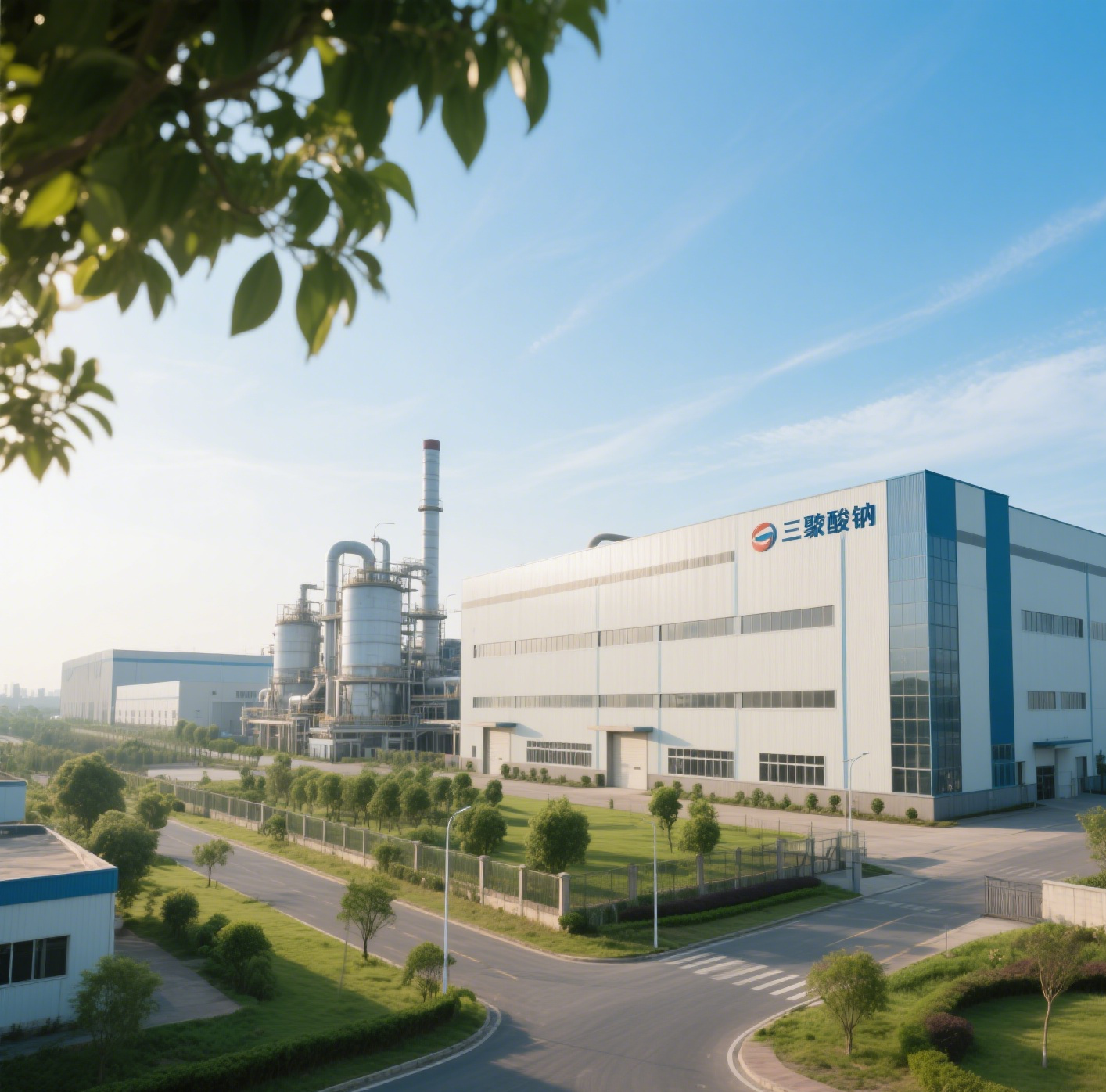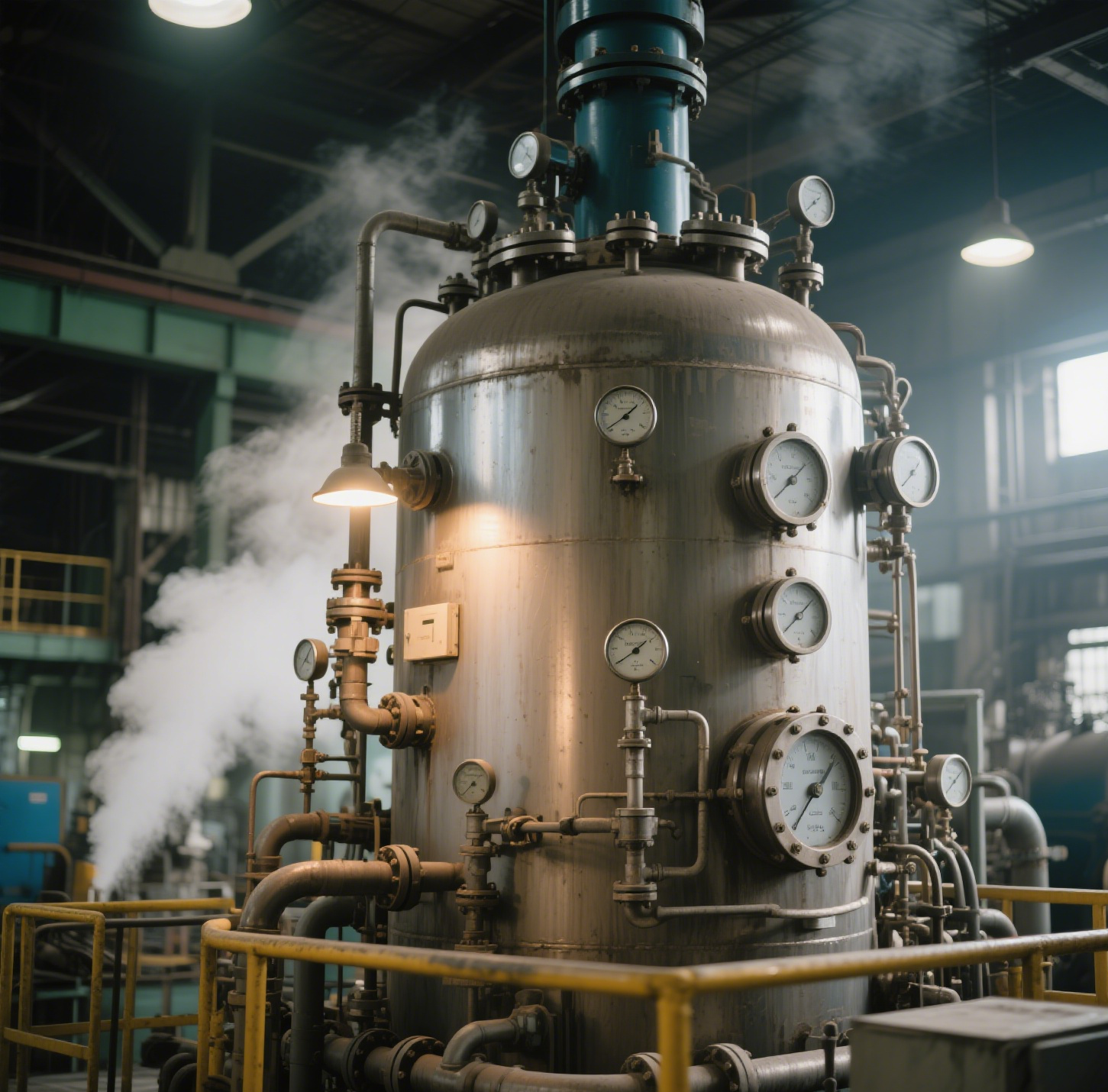sodium tripolyphosphate in detergent
Sodium tripolyphosphate (STPP) is a crucial component in modern detergent formulations, serving multiple essential functions that enhance cleaning effectiveness. This versatile compound acts primarily as a water softener, preventing the formation of hard water deposits that can reduce cleaning efficiency. By sequestering calcium and magnesium ions present in water, STPP ensures optimal detergent performance across varying water conditions. Additionally, it functions as an emulsifier and dispersing agent, helping to break down and suspend soil particles in the wash water, preventing their redeposition onto cleaned surfaces. In detergent applications, STPP typically comprises 15-30% of the formulation, contributing to the overall alkalinity of the cleaning solution while maintaining pH stability. Its technological features include excellent solubility in water, high buffering capacity, and superior calcium binding ability, making it particularly effective in both household and industrial cleaning products. The compound also aids in stain removal by helping to break down protein-based soils and improving the overall cleaning power of surfactants. Its applications extend beyond laundry detergents to dishwashing formulations, industrial cleaners, and specialized cleaning solutions where effective soil removal and prevention of scale formation are critical requirements.


